Specifications and Main Features
- Model numbers: 246K50 and 246K51
- Stitch Type: Four-Thread Chain Stitch (Stitch Type #507)
- Maximum Speed: Up to 5500 stitches per minute
- Needle arrangement: 2 needles and 2 loopers
- Needle Gauge:
- .109 inch( Catalog #1265-151 x 7)
- 1/16 inch (Catalog #1266-151 x 9)
- Eccentric Adjustement:
- Machine 246K50: 3/32 inch - 7/32 inch
- Machine 246K51: 3/32 inch - 9/32 inch
- Differential Feed: Helps in achieving gathers, stretch and uni-form feeding as its future concept.
- ELT: Adjusts cut to 3/32 inch or 7/32 inch ,in 246K50 recommend and 3/32 inch or 9/32 inch following 246k51.
- Loopers: Independent drive: Adjustable positions one to each other.
- Oil lubrication system: Splash type lubrication system and oil reservoir with sight gauge.
- Tubular Operation: Provided by projection in the throat plate.
- Feed Escentric: Adjustable Feed dogs and two eccentrics provided for different length of stitches.
- Compact Construction: Suitable for high speed operation and for use on lightweight to medium-weight fabrics. (246K50 lightweight to medium fabrics and 246K51 medium to medium heavyweight fabrics)
2) Some of the most common questions
Q1: Do you think the Singer 246K50 and 246K51 can work with a different range of fabrics?
Frequently Asked Questions
Q2: What is the maximum speed of these machines?
A2: Lectra machines can operate at a maximum speed of up to five thousand five hundred stitches per minute.
Q3: Is it possible to modify the width of the stitches?
A3: It is possible to modify the width of the stitches. The bight limit of 246K50 is from 3/32 of an inch to 7/32 of an inch while that for 246K51 is from 3/32 of an inch to 9/32 of an inch.
Q4: Which needles are recommended for use on these machines?
A4: For the specified distance of .109 a curved needle from the catalogue #1265 (151 x 7) are used while for a distance of 1/16 one uses a catalogue #1266 (151 x 9) needle.
Q5: In what ways can the differential feed be employed?
A5: Most directly, the differential feed makes it possible for the user to perform the operation that controls the feed of the cloth, which may include gathering, stretching further or uniform feed as the sewing requirements direct.
Q6: What method of lubrication do these machines use to function?
A6: They are designed in such a way that they use a combination of lubrication splash lubricating systems which work continuously and automatically to oil the principal bearings during operation.
Q7: Is it possible to use the machines for tubular operations?
A7: Yes, with the support of throat plate, tubular operations can be performed with ease.
User Manual
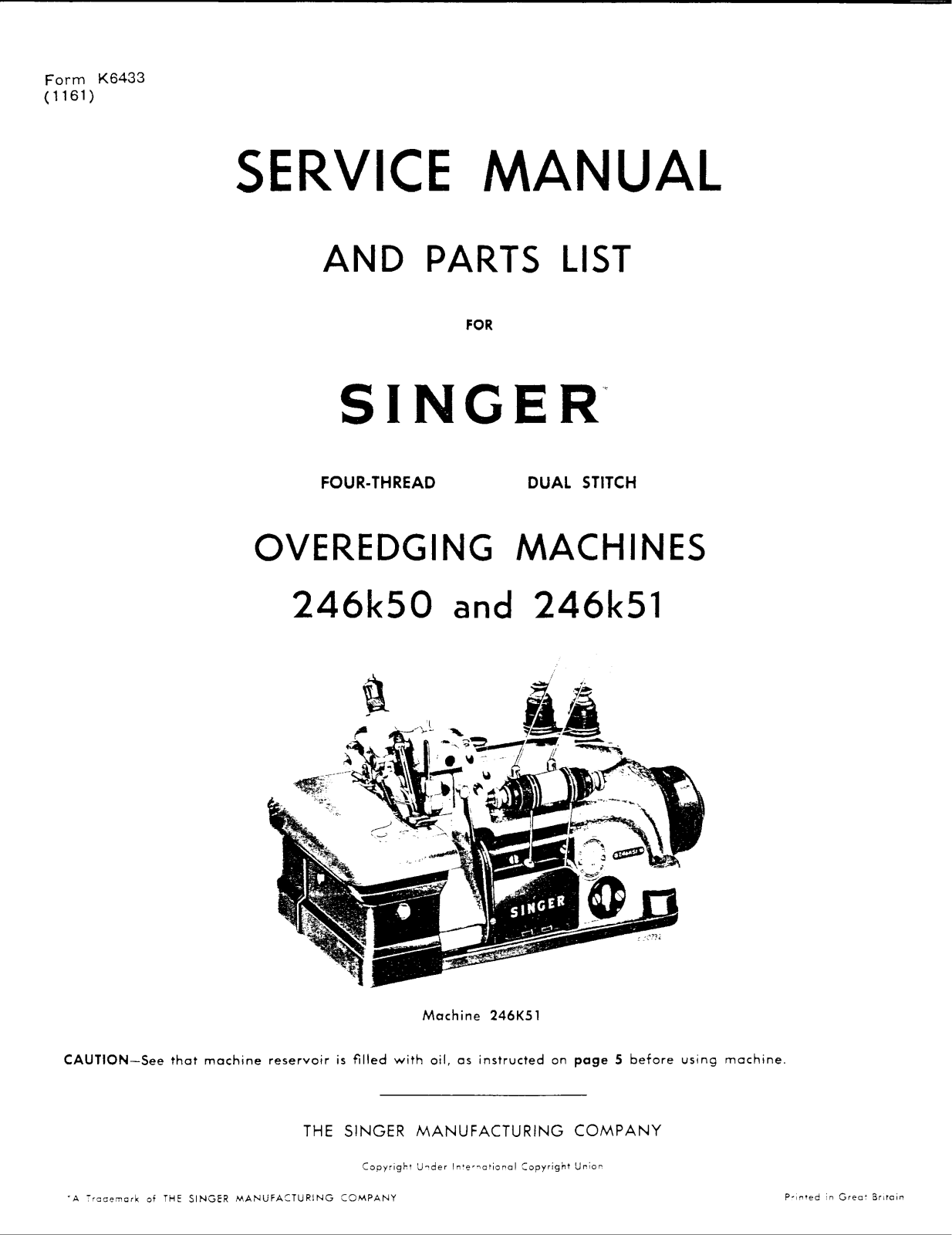
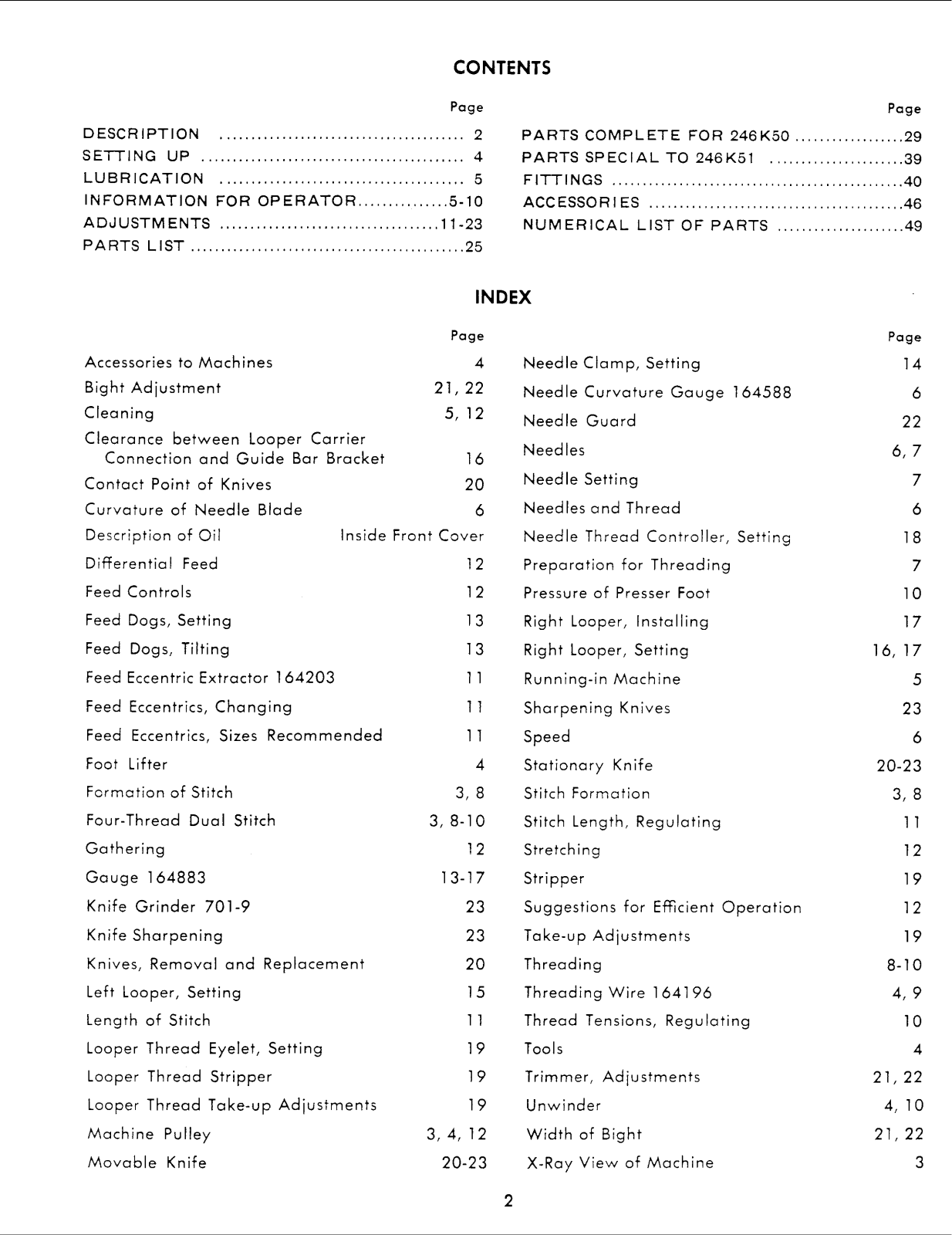
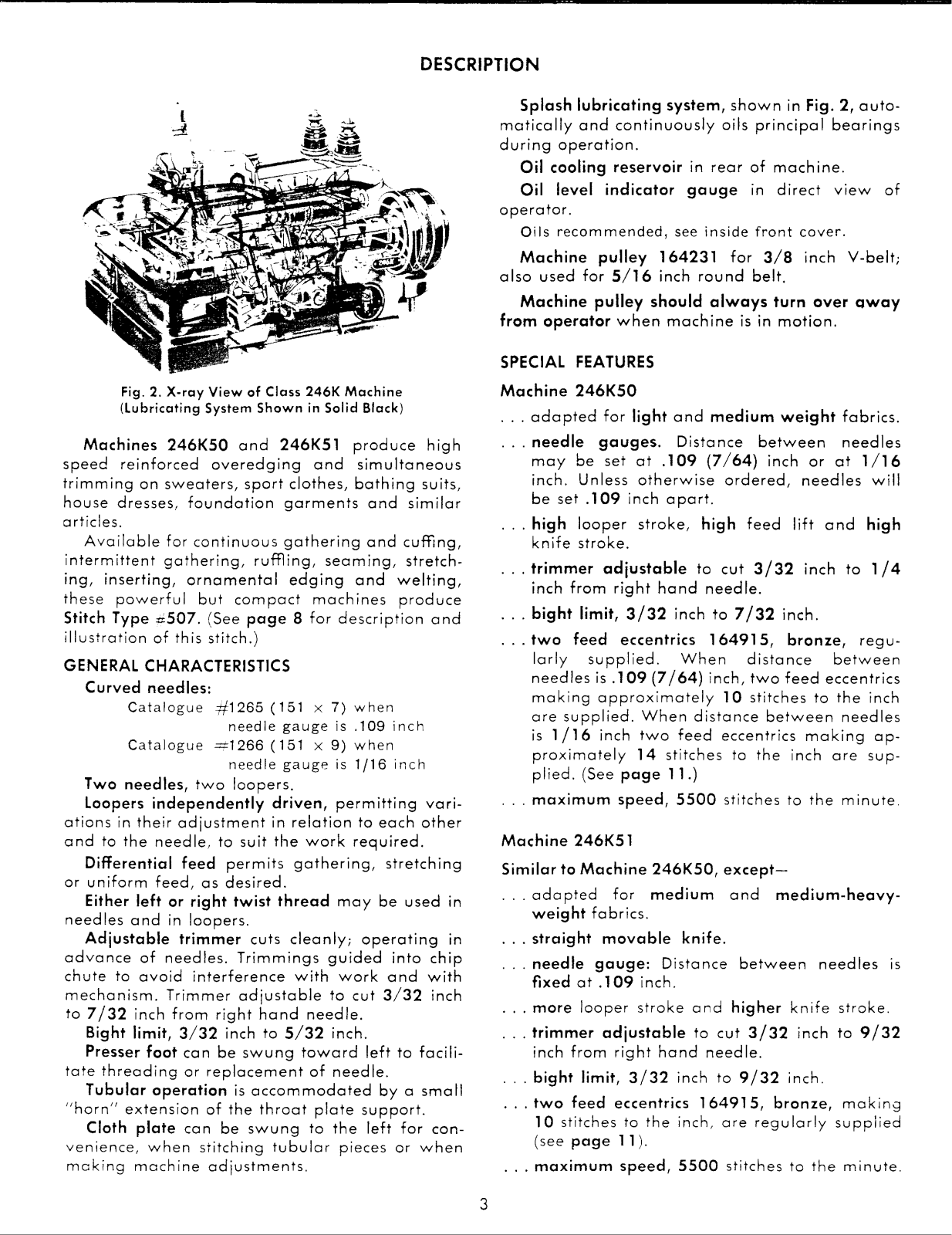
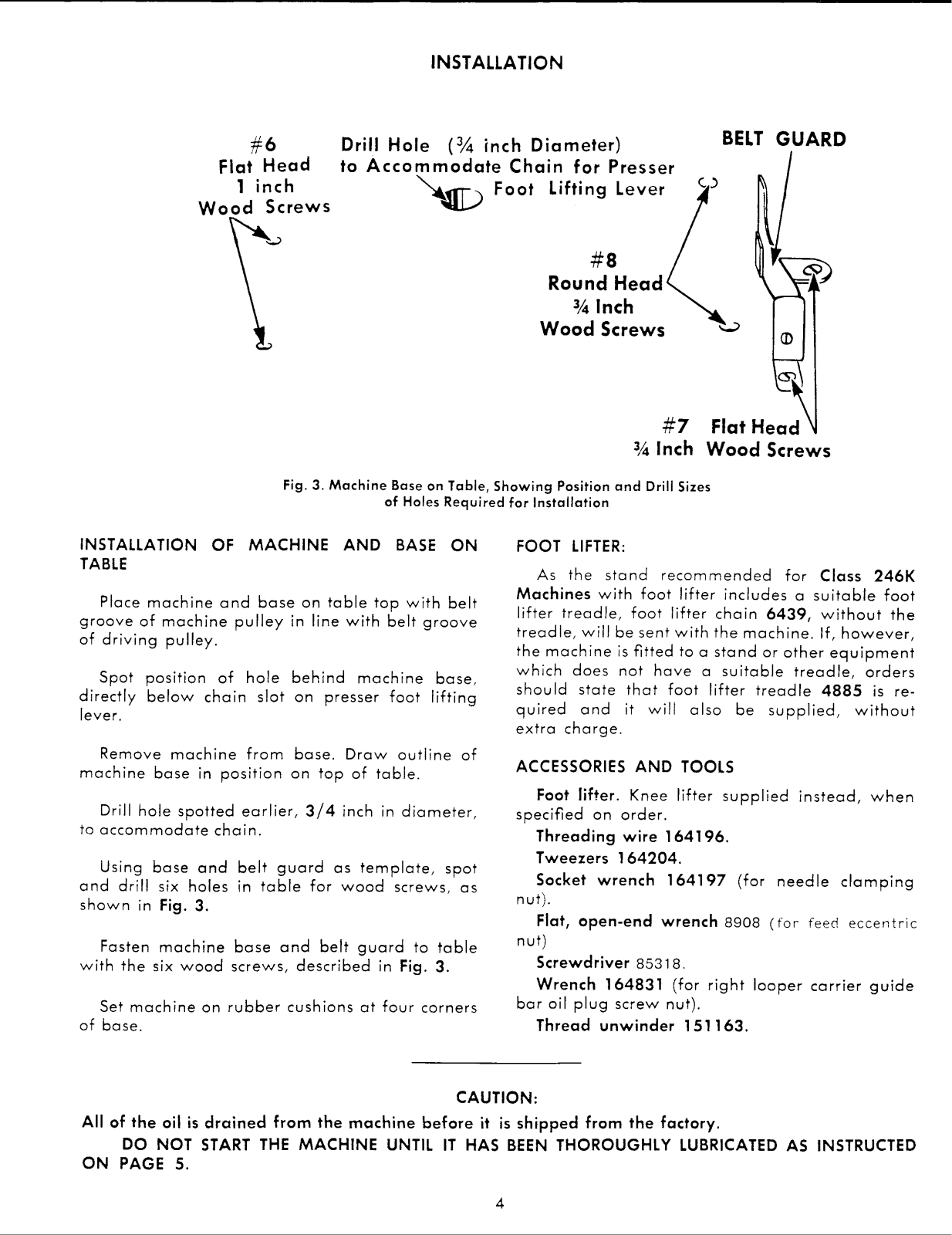
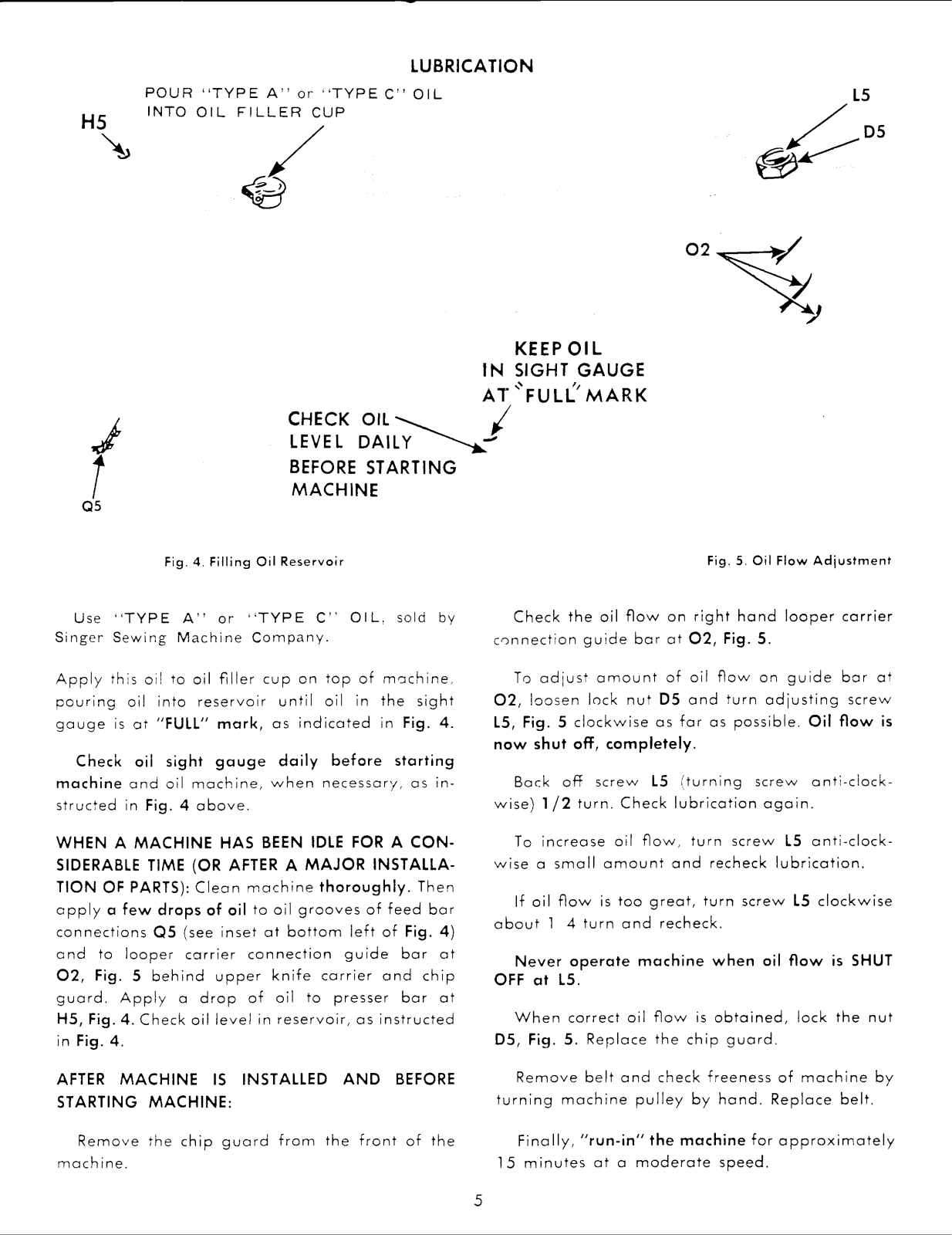
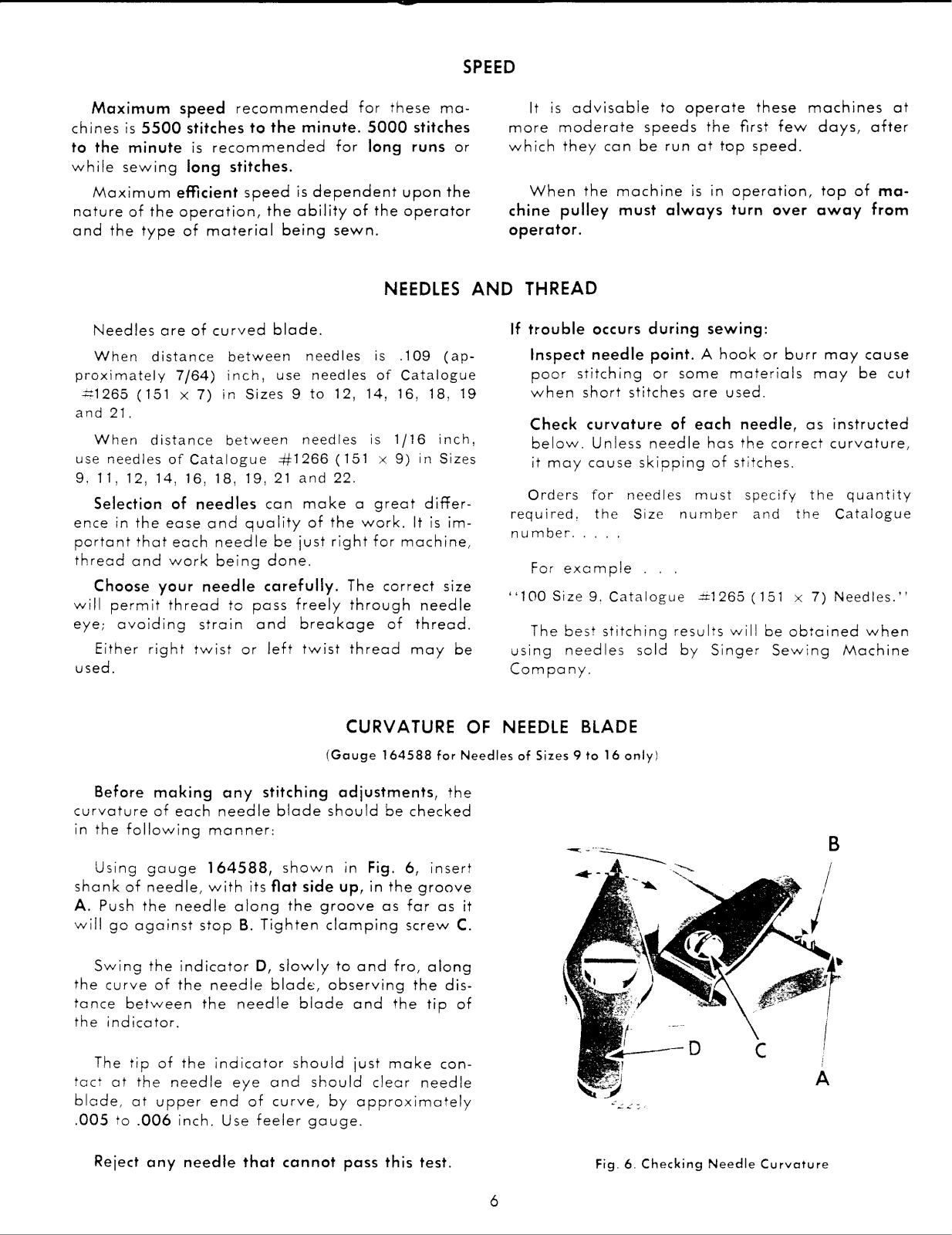
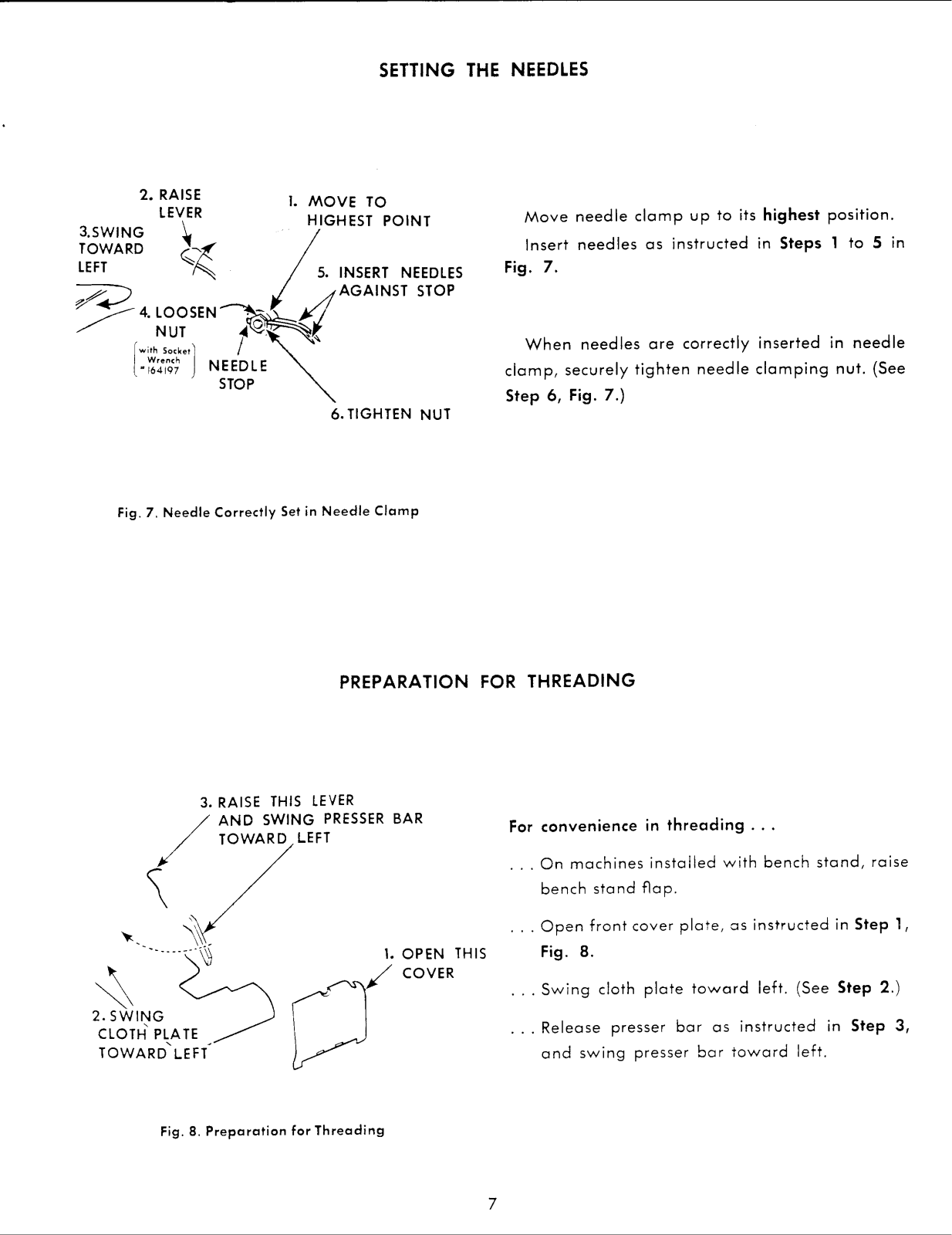
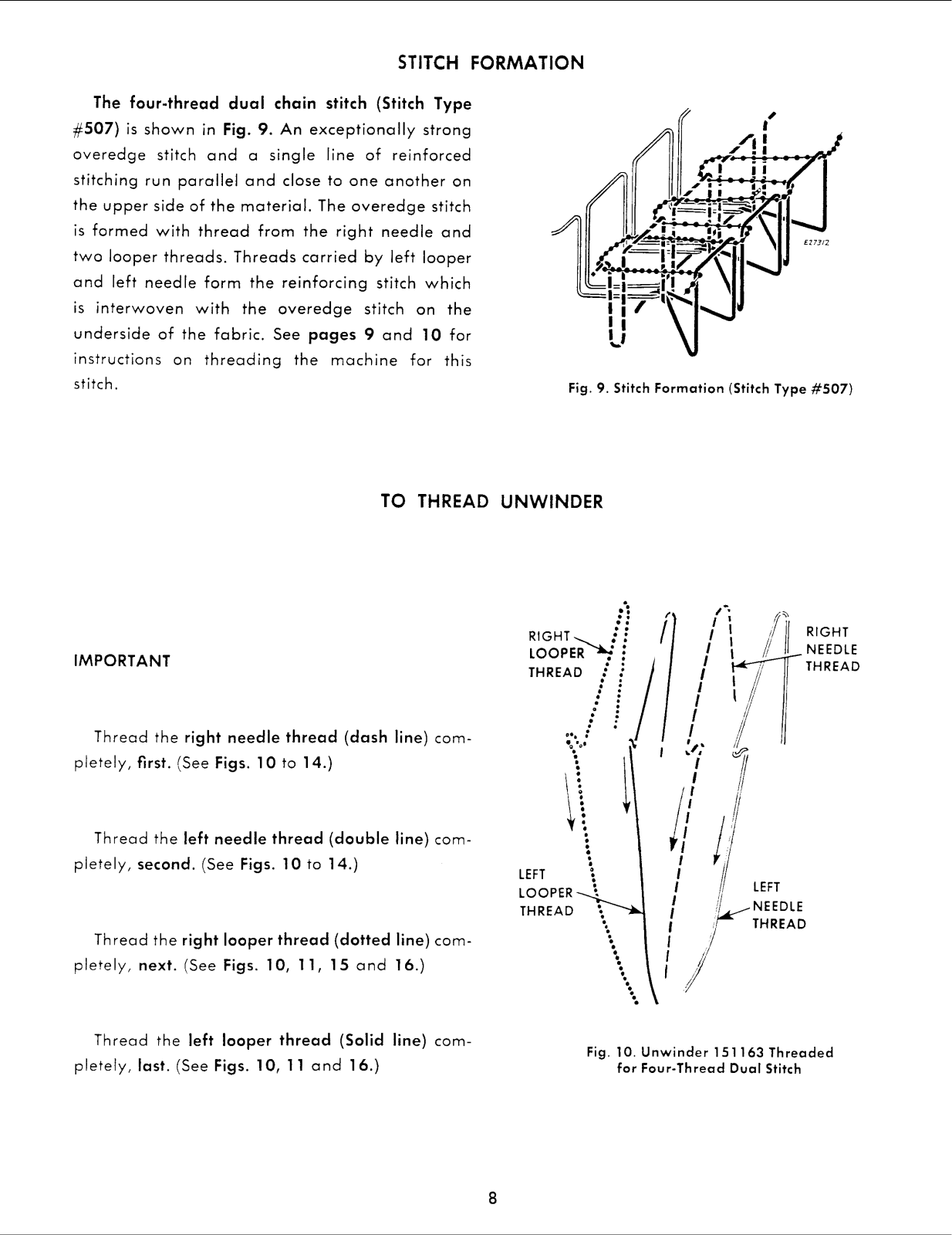
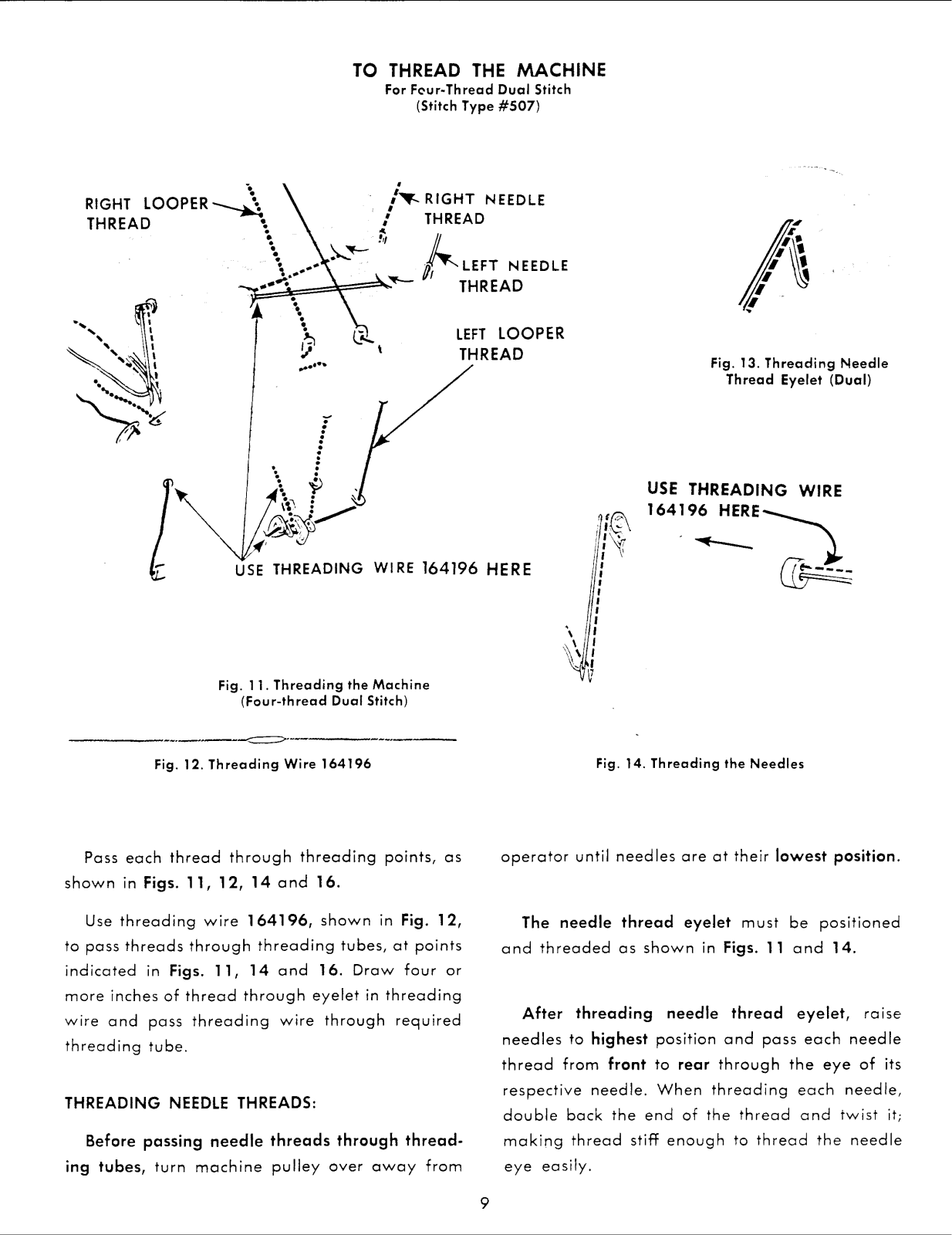
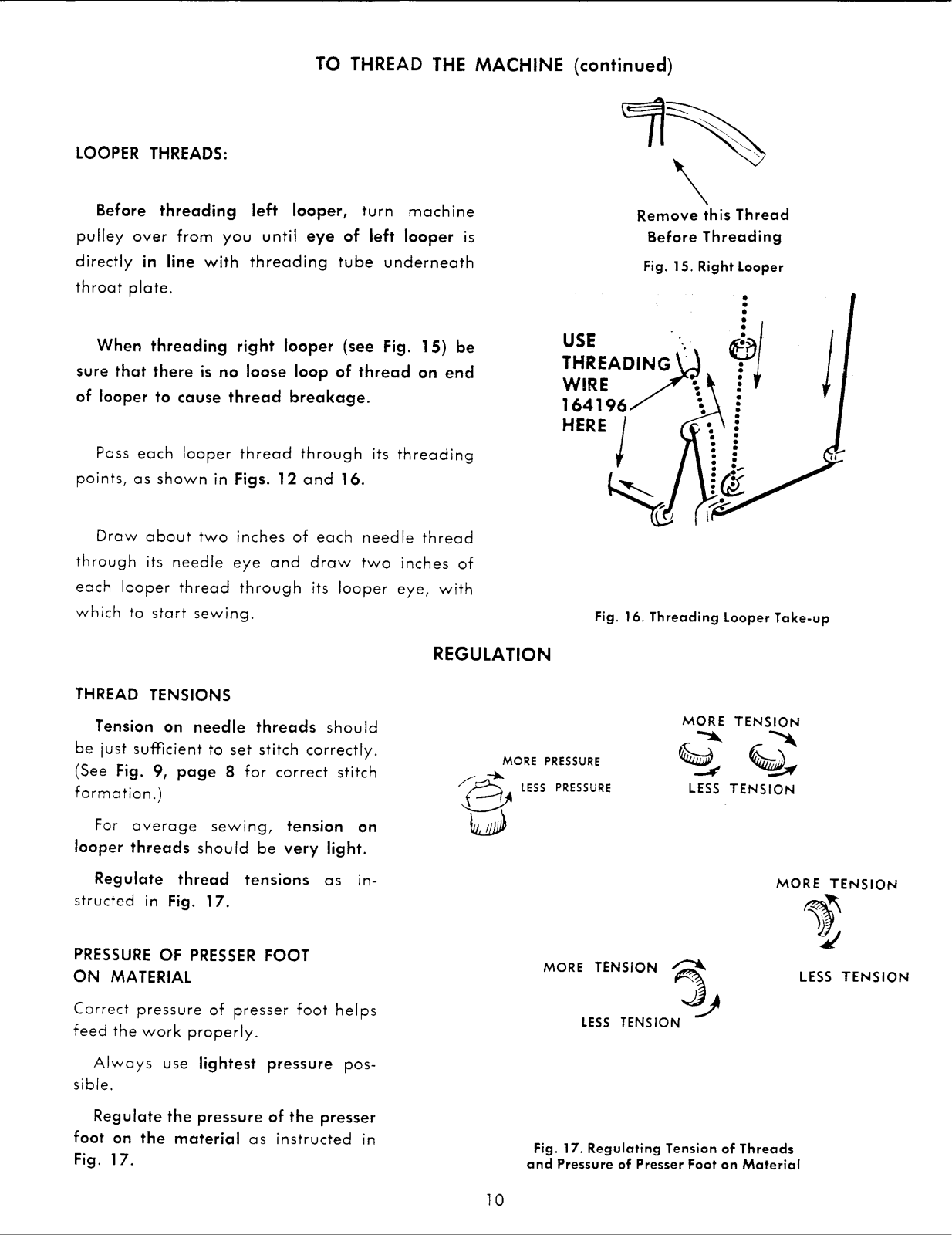
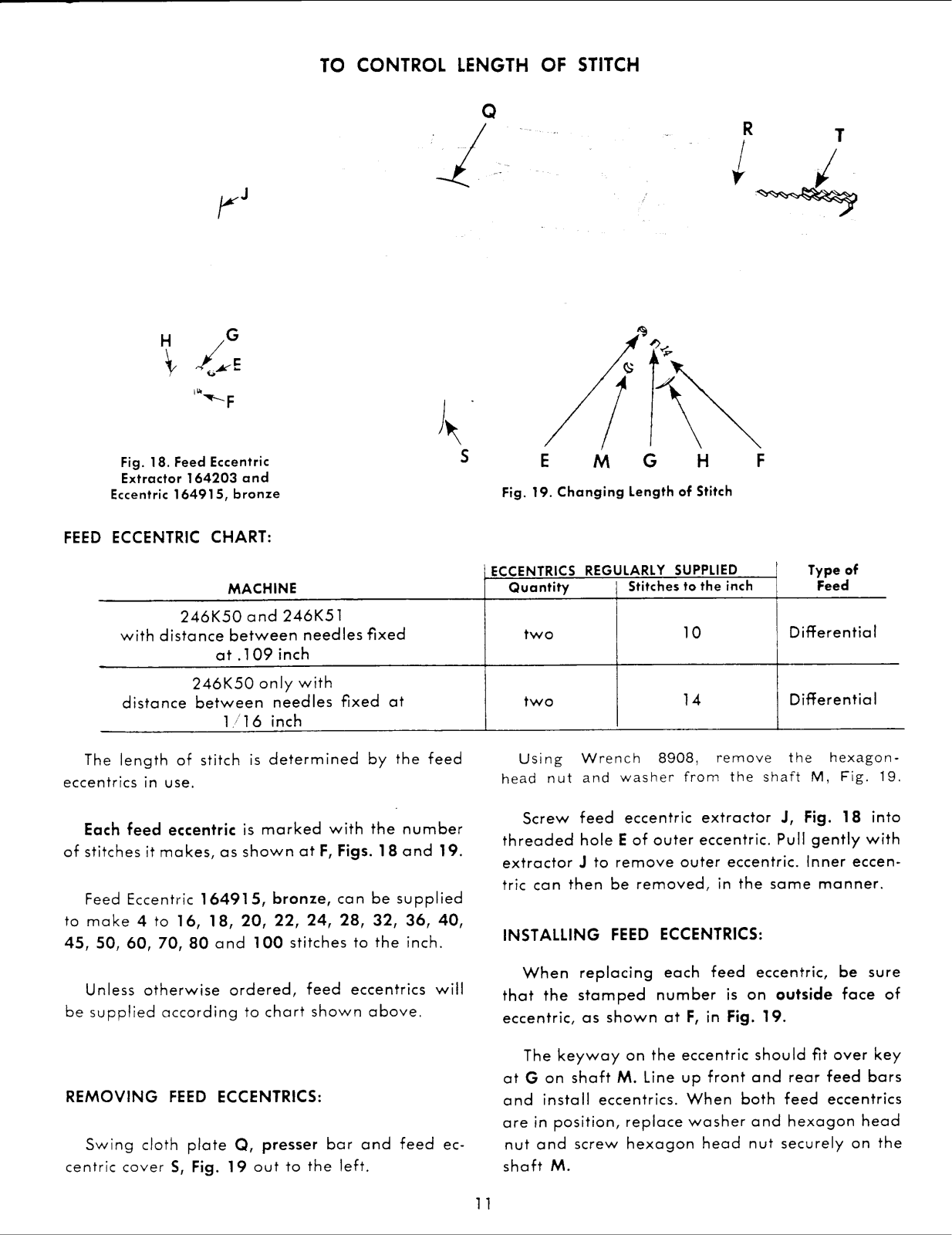
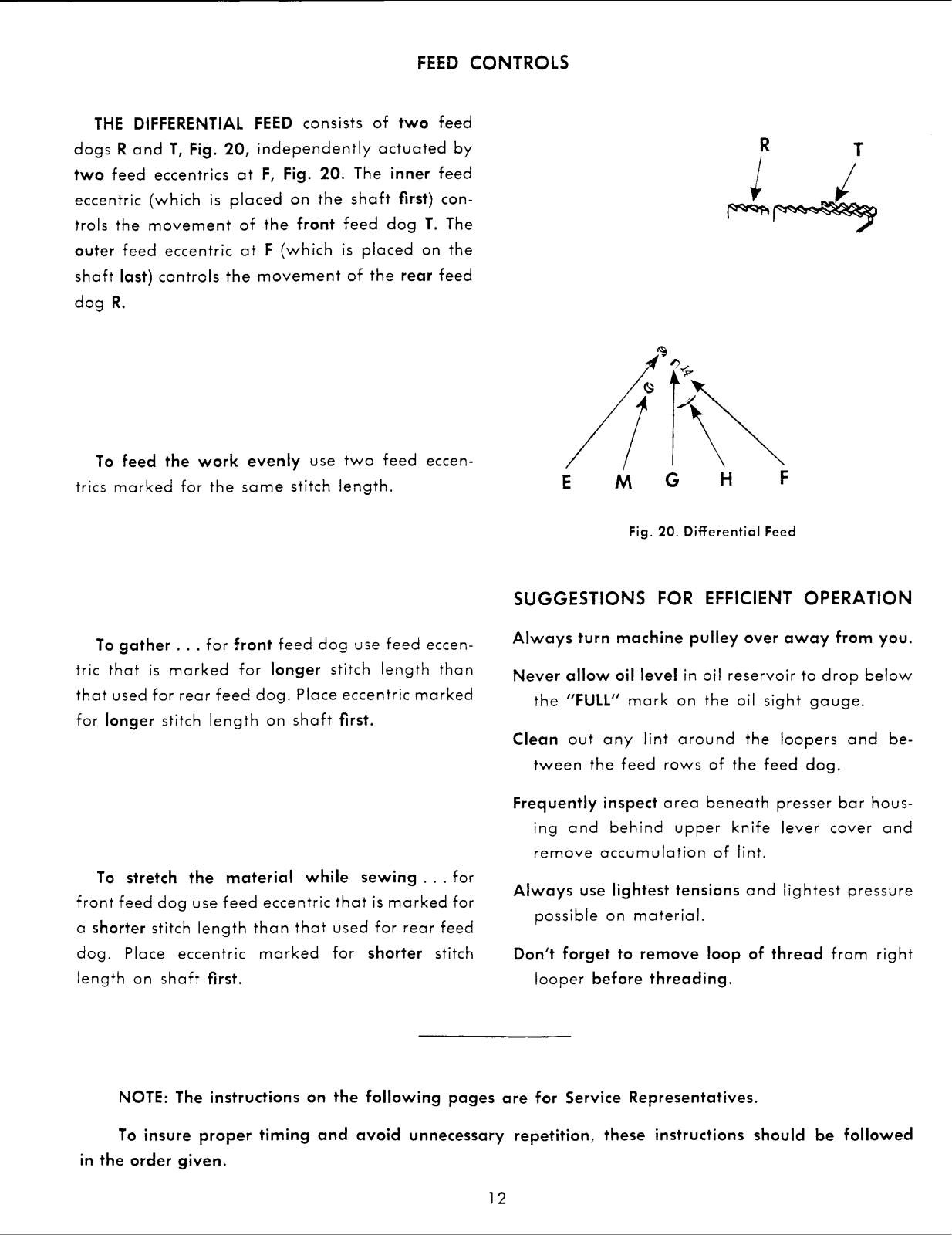
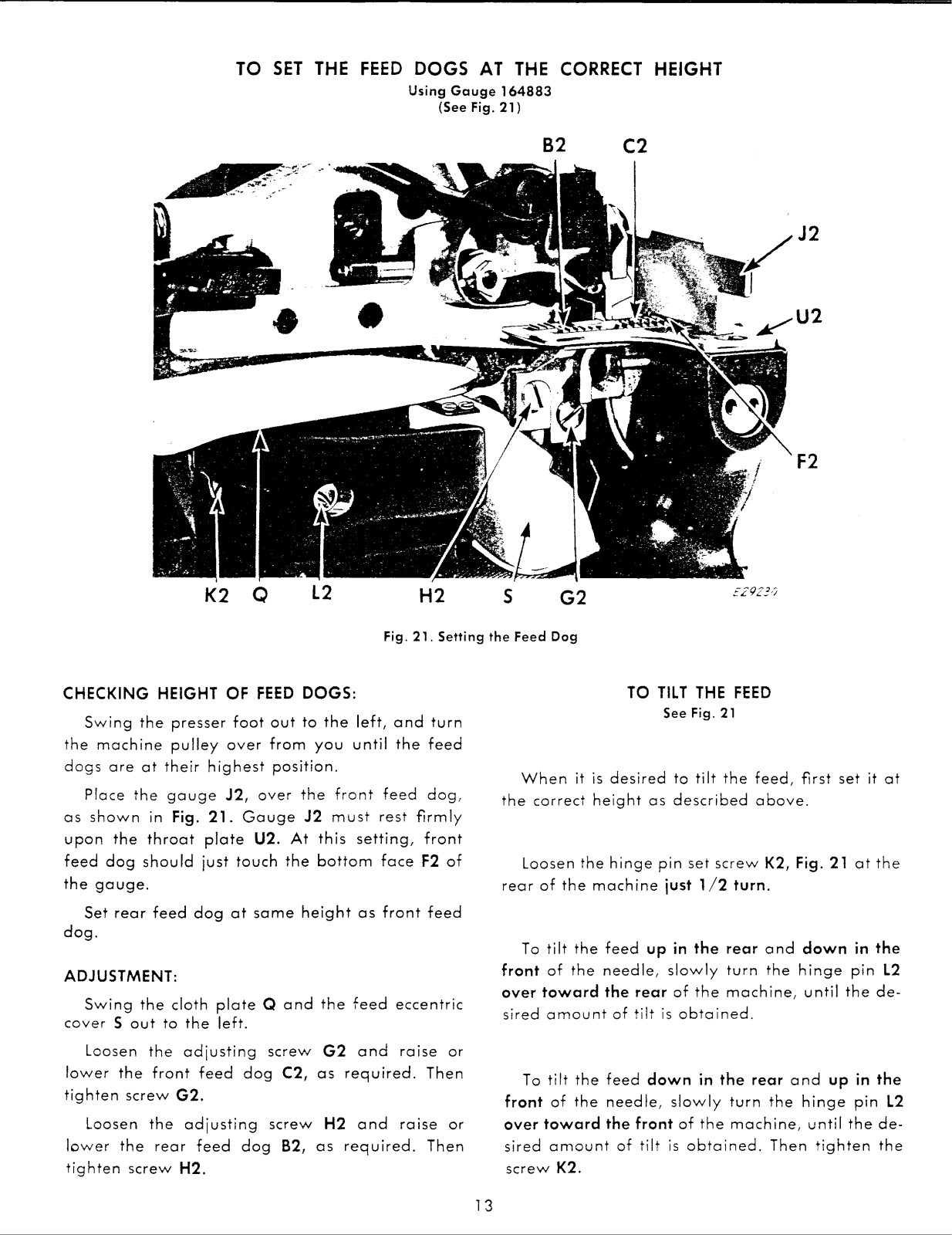
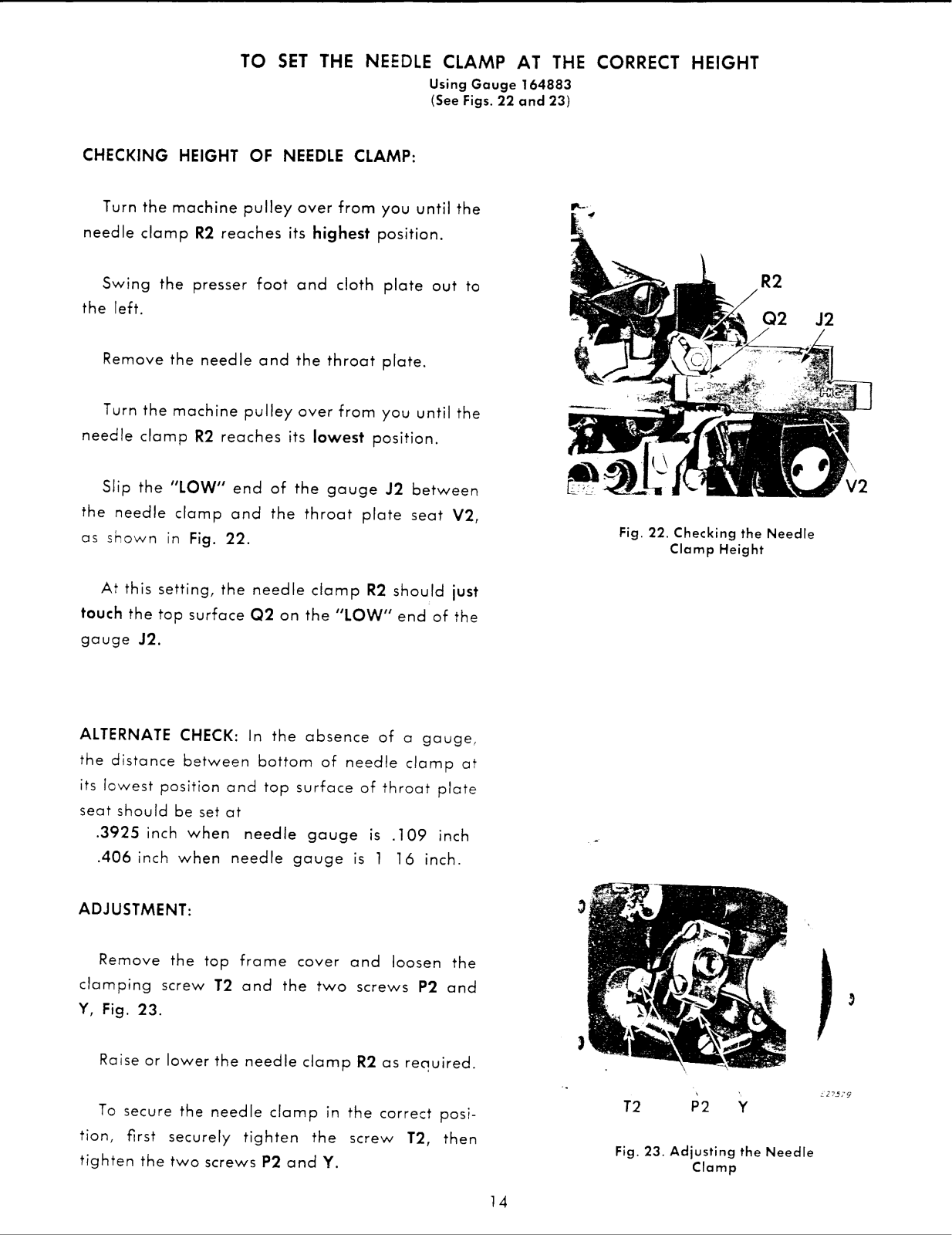
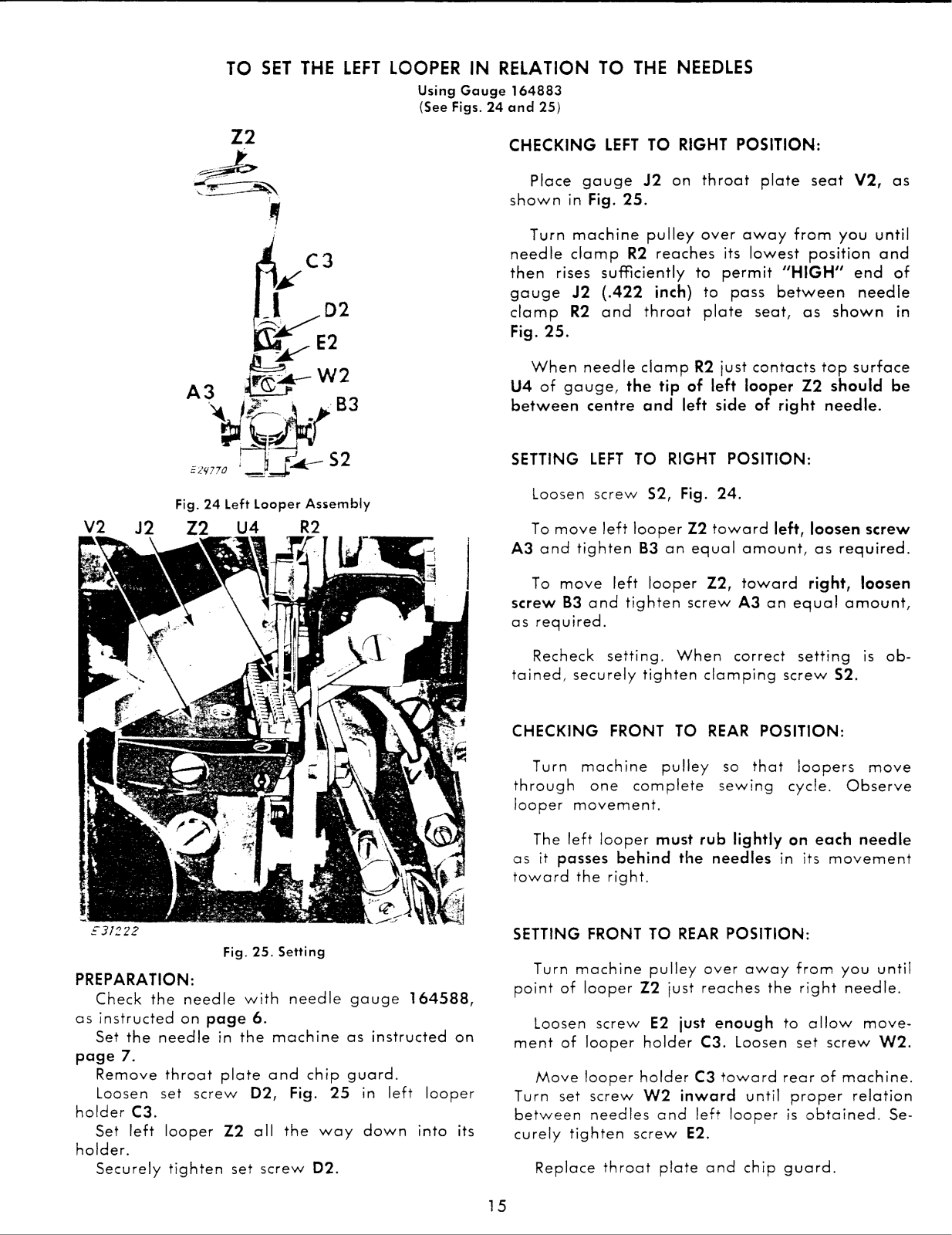
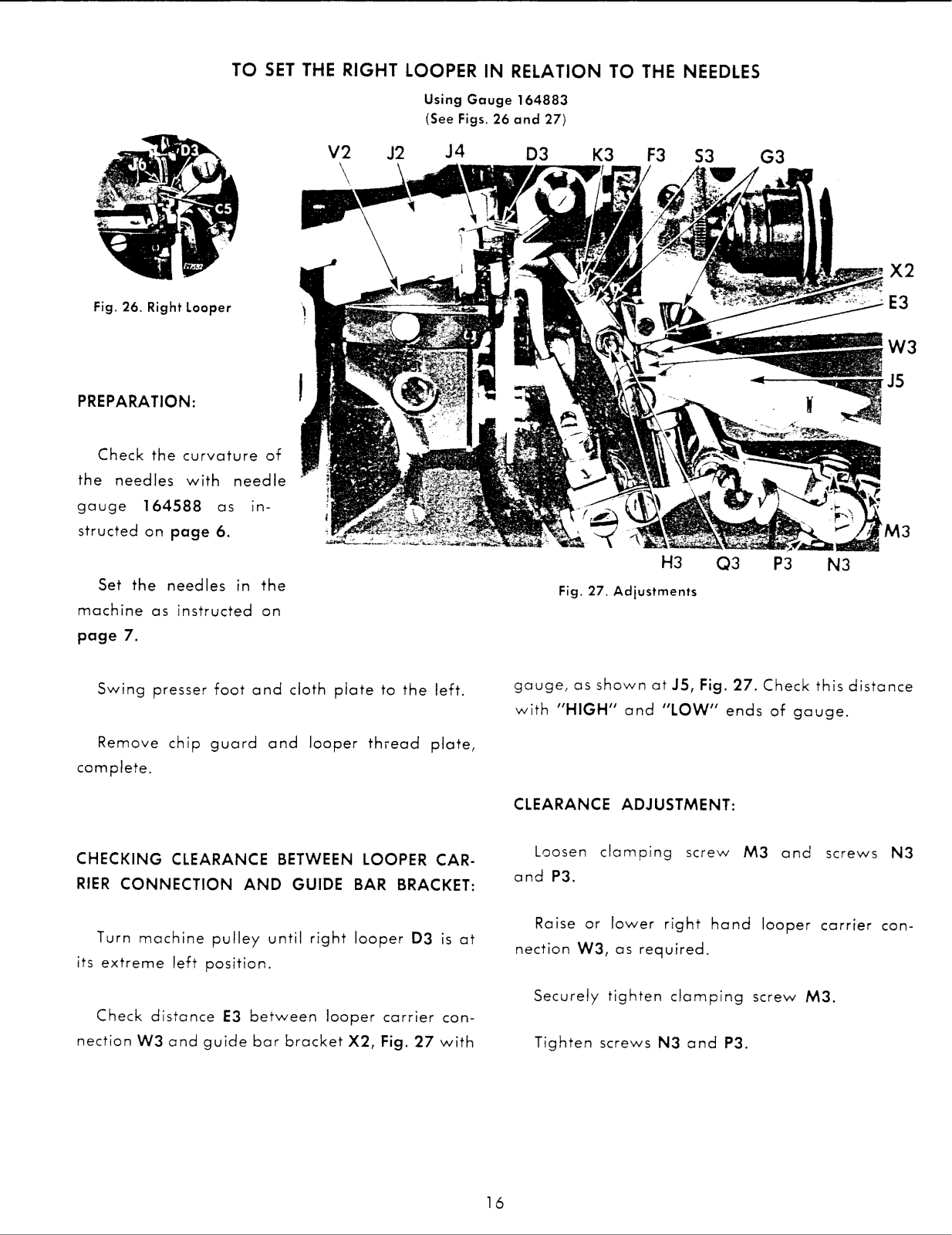
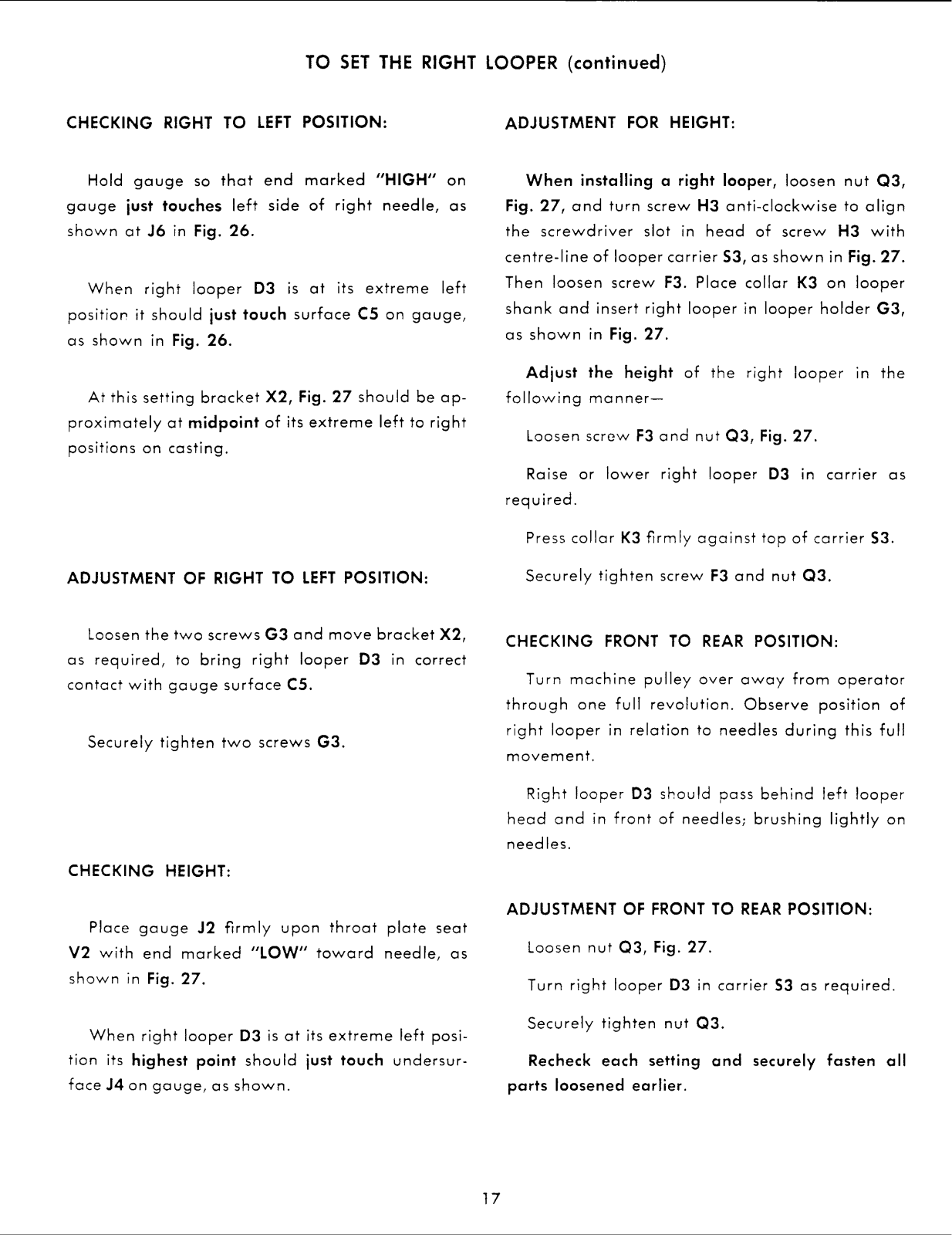
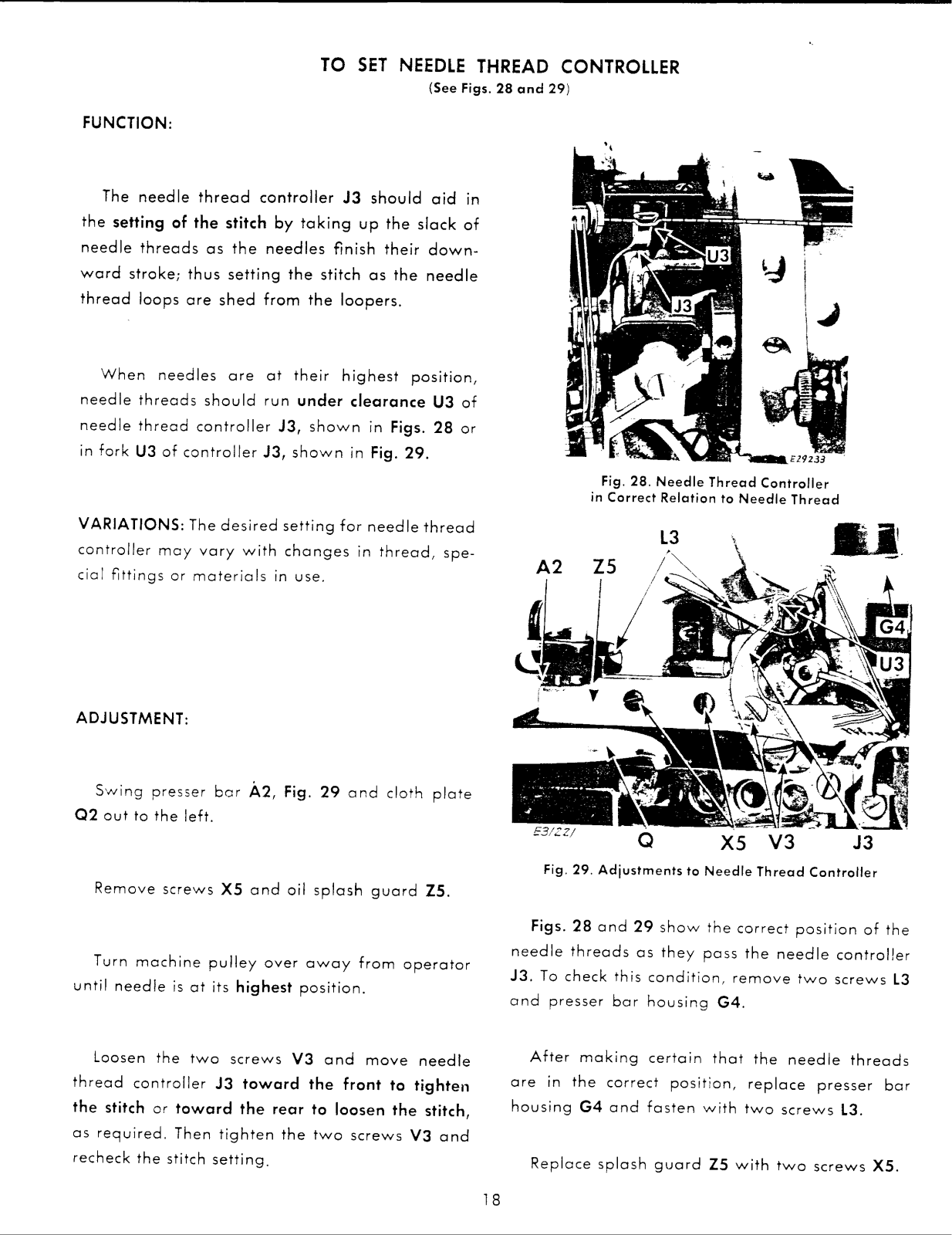
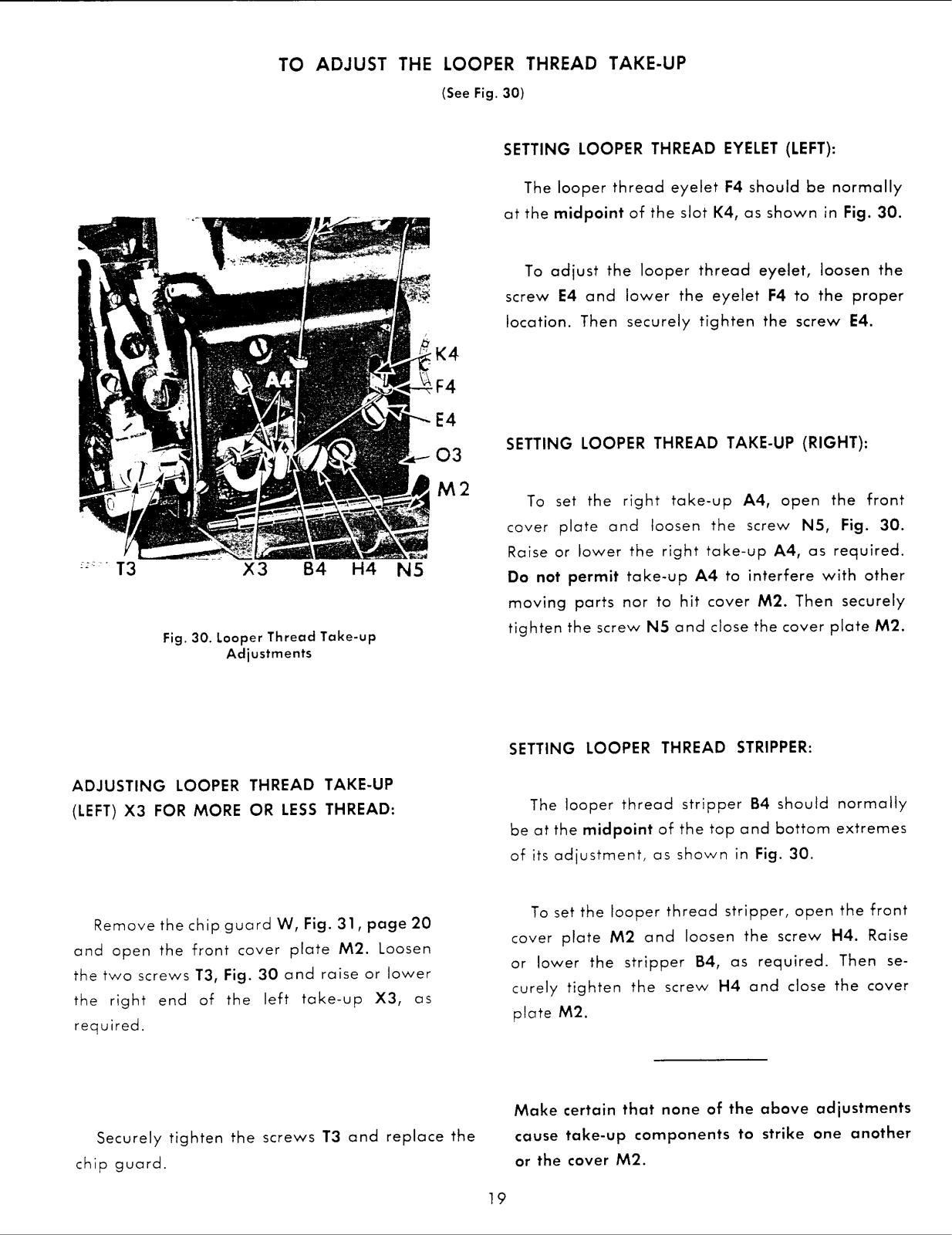

